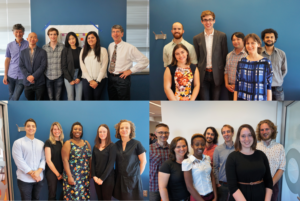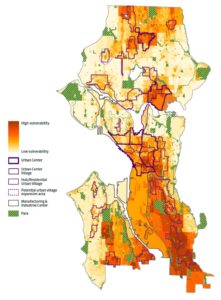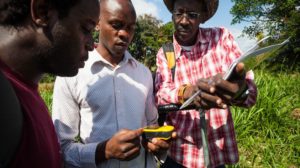-
Fall Welcome Event
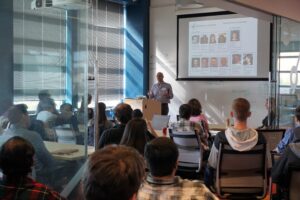
By Robin Brooks The eScience Institute held its annual Fall Welcome Event Oct. 2, 2017, in the WRF Data Science Studio. Dozens of students, faculty and staff members enjoyed a warm welcome from Magdalena Balazinska, director of the Institute, with additional presentations by David Beck, director of research, and a keynote speech by Sasha Aravkin, data…
-
Neurohackweek: an international collaboration
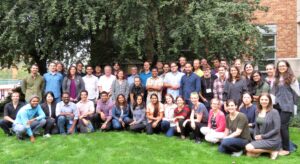
By Ariel Rokem, data scientist and Neurohackweek organizer Forty graduate students, postdocs, research staff and faculty took part in Neurohackweek 2017, including international attendees from Turkey, Russia, Canada, the United Kingdom and Denmark. The neuroscience conference, which ran Sept. 4 – 8, kicked off with a talk by Russ Poldrack (Stanford University) posing the problems of…
-
Interview with archaeologist Ben Marwick
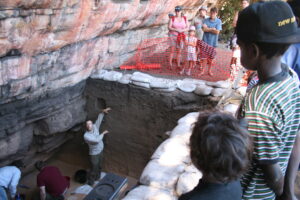
By Robin Brooks The pioneering archaeology work of Ben Marwick, data science fellow and member of the eScience Institute Steering Committee, has resulted in several high-profile publications and garnered lots of media attention. His paper “Human occupation of northern Australia by 65,000 years ago” was published in Nature, and “sets a new minimum age for the…
-
Leadership changes at the eScience Institute

The eScience Institute is pleased to announce recent changes in leadership and institutional structure. We are extremely grateful to Ed Lazowska and Bill Howe for their inspiring leadership and look forward to their continued contributions to the eScience community. Ed Lazowska, founding director of the eScience Institute, is stepping down from his directorial role at…
-
NASA High Mountain Asia Project
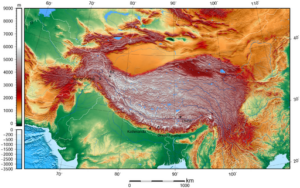
By Robin Brooks Over one billion people live downstream of the region referred to as High Mountain Asia, an area ranging from the Hindu Kush and Tien Shan in the west to the Eastern Himalaya, and home to “the world’s largest reservoir of perennial glaciers and snow outside of the Earth’s polar ice sheets”. The…

